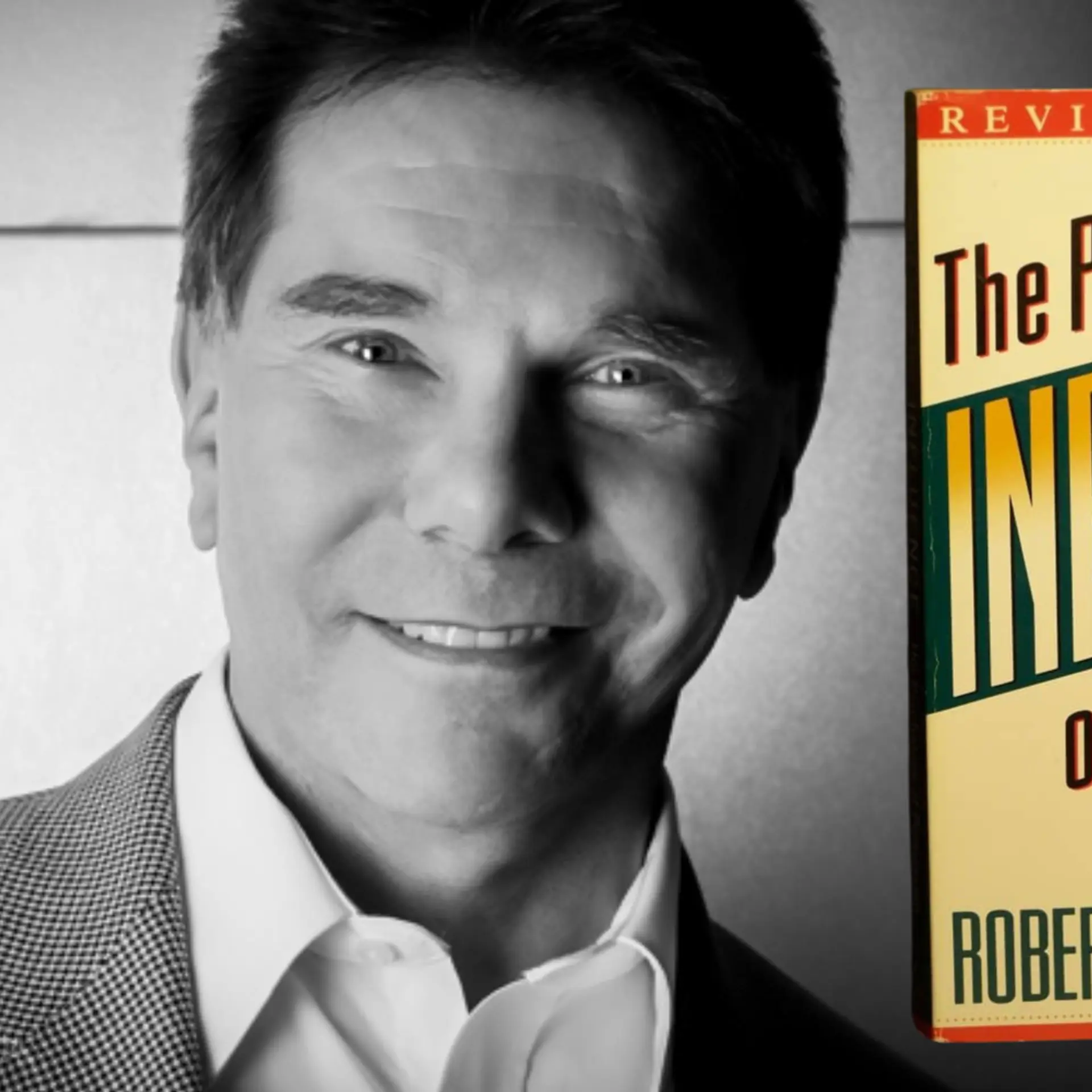Parag Dhol bursts the myth about a startup bubble in India
In the first part of his interview with YourStory, Parag Dhol, MD of Inventus (India) Advisors, spoke about investment strategy, and how the aggregator model had proved successful for Indian ecommerce startups. Today, this seasoned VC shares with us his insights on how the startup culture is changing in India, and what he would like to see more of, going forward.

Recently, there have been reports in the mainstream media about a startup bubble bursting in India, giving examples of a number of failed startups. Does that worry you?
If you look at the startup analysis anywhere in the world, only 10-15 percent of the companies survive even the third anniversary – 1000 days is supposed to be that critical milestone. Across the world, startups die. So startups dying in India and in our portfolio is not an exception. That is part of the game and will continue to happen. The question is how many of your startups fall in that category. Do you choose well? Do you use pattern recognition well to choose the ones that kind of break out of the pattern, which fall in the 10-15 percentage of the pack who succeed or may be even come out in the top 5 percent?
Isn't it a concern for you that exits in India are still few and far between?
I think from an exit perspective, it is still early days for India. I won't claim it is an established market. But look at Sequoia's last year. They had three large exits. Now if you look at all my peers – those who have been around for a long while like Canaan, Intel, Accel, and so on – everybody has these three or four companies that are doing exceptionally well, which might list in the next few years or would definitely get sold. So that is a pipeline of about 15 companies. Bharat Matrimony of Canaan Partners for example could go public.
Given that there are only about 150-200 serious VC technology deals that are done in this country, if you get 5-6 exits of that kind, it is a good ratio. We are still not getting into 5-6, but we are getting there.
Still, wouldn't that be a very low rate of acquisition, compared to what happens in the US and Silicon Valley?
If you look at the history of Indian technology, till about 2005, people were not building product companies. People were only building services companies. And service companies are acquired for contracts, people, size and so on. So, if we are comparing Silcon Valley and India, the market we are talking about is 2005 and after. Eight years is not a whole lot of history. So let us not pre-judge.
Second thing, unfortunately in India, laying the blame squarely on the big four tech companies, and some of the MNCs operating in Inda, buying doesn’t come naturally to us. They think: Why should I buy, when I can do this on my own with lesser resources? The concept of buying to save themselves time to market, that mentality doesn’t exist. But that is changing. For instance, Flipkart doesn’t think like that. It always evaluates, “If this company costs me X amount of dollars versus I get a lead of 18 months in the market, then X amount of dollars are worth it.” Whereas the biggies here are still thinking, “If I can get 10 or 20 people, I can make the same product.” That mentality has to change.
How does it change?
One big way it changes is when these MNCs start interacting with the startups. In the US, large companies like IBM and Oracle think: ‘I have this product hole, this particular company in Silicon Valley is doing this. And I don’t care how small it is or if it has got its first customer or not. I will partner with it and if the partnership works, I will just acquire it.” These partnerships have not happened in India so far. Unfortunately in India, if the MNCs look at a startup for partnership, they look at its revenues and not what it has created. Their rationale for partnership is how big is the company. It should actually be, ‘what's the hole it fills in my product?’.
That mentality is beginning to change. All the big guys, Microsoft, Intel, Cisco, IBM and so on, are beginning to engage with startups. IBM now have some active programmes for startups. Microsoft has BizSparks; IBM is offering startups free technology, etc. That is how engagements begin. Facebook recently acquired Little Eye Labs. It was when they engaged with the startup ecosystem that Facebook realized, “Little Eye Labs has developed a good tool for mobile development and let me just pick it up.”
So these large companies are seriously beginning to engage with the startup ecosystem and that is how things will change. It is my belief that it is just a matter of time.
Thank you, Parag, for bursting the myth about a startup bubble. A healthier ecosystem and green shoots taking root in it are what we hope to see as well in India.
Entrepreneurs, tell us what you think about this.







